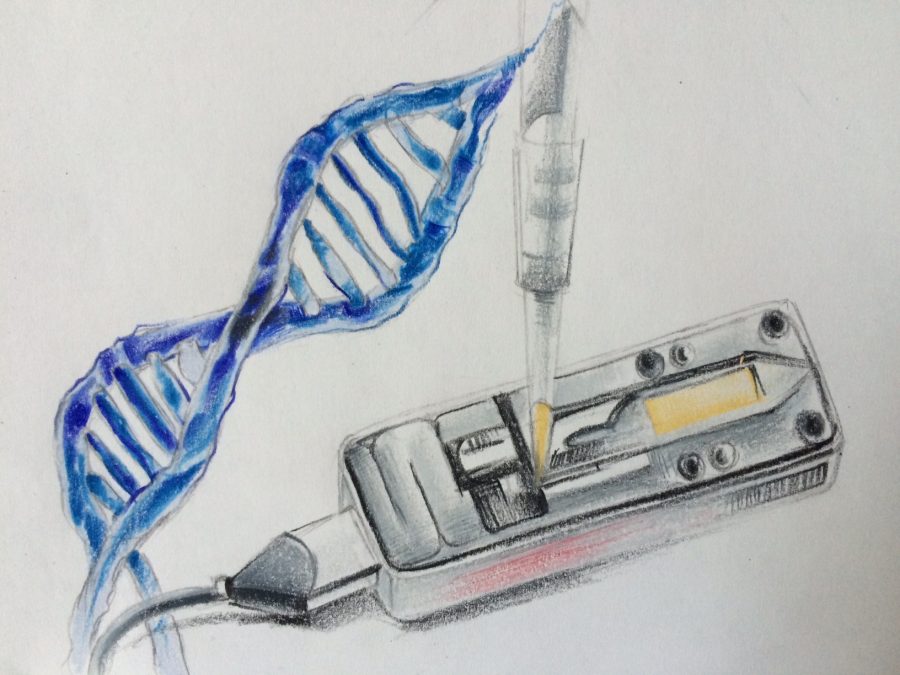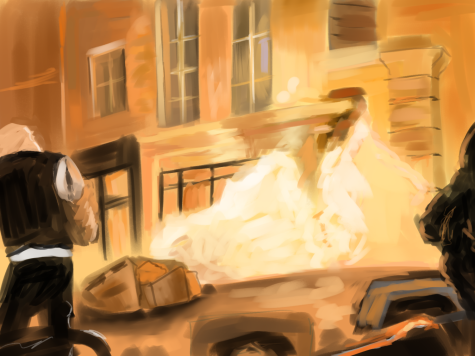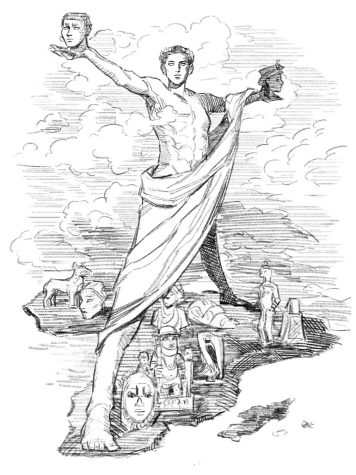DNA Sequencing in Space: When the Stars and Base Pairs Align
November 4, 2016
Technological capabilities of interpreting DNA recently reached new heights in August when the Biomolecular Sequencer Project sequenced a genome aboard the International Space Station (ISS). The project’s success is attributed to the multilateral efforts of NASA, UC San Francisco, and the Weill Cornell Medical College.
DNA sequencing, a technique mastered in 1970s, serves as the preliminary step of identifying any organism. The nucleotides of DNA — adenine, thymine, cytosine, and guanine — configure in varying patterns that express different identities. Sequencing determines the specific location of nucleotides in any given strand. While Earth offers a controlled environment, Space presents new variables of gravity and air bubble differences, a whole assay of unprecedented challenges in sequencing.
The MinION, a newly developed sequencer, undertook the bold experiment. With a mass of 120 grams, the hand-held USB sequencer consolidates power into efficiency. As its name playfully implies, MinION analyzes interactions between ionic currents and DNA suspended in liquid. The device consists of very small channels, namely nanopores, that deliver positive currents. The nucleotides in the liquid react to the charge in unique ways. Depending on where the nucleotides settle, the ionic current experiences changes in its flow. Scientists can interpret the positions of nucleotides with graphical data and ultimately conclude the identity of the DNA sample. Using mouse, bacteria, and virus samples of DNA sent from Earth, Dr. Kate Rubins completed the process in the International Space Station. Dr. Chiu, a correspondent at UCSF confirmed that her results are “essentially equivalent data” of “very high quality”.
Aashita Dixit ‘18 reflects that the feat is “impressive because it encompasses several disciplines of science, including the biology of DNA, the chemistry of ionic charges, the technology of a nanopore sequencer, and the physics of gravity.”
In addition to making milestones in these fields, the sequencer presents practical uses for astronauts and their work.
A handheld sequencer opens the possibilities to unprecedented sequencing speed aboard the ISS. Previously, the ability to identify DNA depended on a long journey back to Earth. With MinION, crew members can avoid the hassle of long-term storage, able to identify any unknown specimen at any given time. Besides recognizing particles within the ISS, MinION may also serve as diagnostic tool for astronaut health. Accurate recognition of diseases assures that astronauts recover with the correct medicine in a timely manner.
Paul Vu ‘17 considers a new realm where “collecting more data and conducting more research” can help scientists learn more about the “unknowns” of Space. MinION, indeed, can play a vital role in the exploration of microbes in other planets.
Looking forward, scientists wish to obtain samples from Mars and stretch our understanding of life. MinION, the basis of discerning life, will be monumental in NASA’s upcoming endeavors. STEM, a promising field, depends on the teenaged-generation’s ability to surpass current feats. Young students may perceive science as fully-explored, thus feeling complacent in their potential. DNA sequencing, applied to a new setting 200 miles above ground, testifies to science’s ceaseless possibilities.
Sources:
http://www.nasa.gov/mission_pages/station/research/news/dna_sequencing
https://www.ucsf.edu/news/2016/08/404006/nasas-dna-sequencing-space-success-ucsf-researchers-confirm
http://www.nasa.gov/mission_pages/station/research/experiments/2181.html
http://www.livescience.com/55480-why-did-nasa-send-a-dna-sequencer-to-space.html



